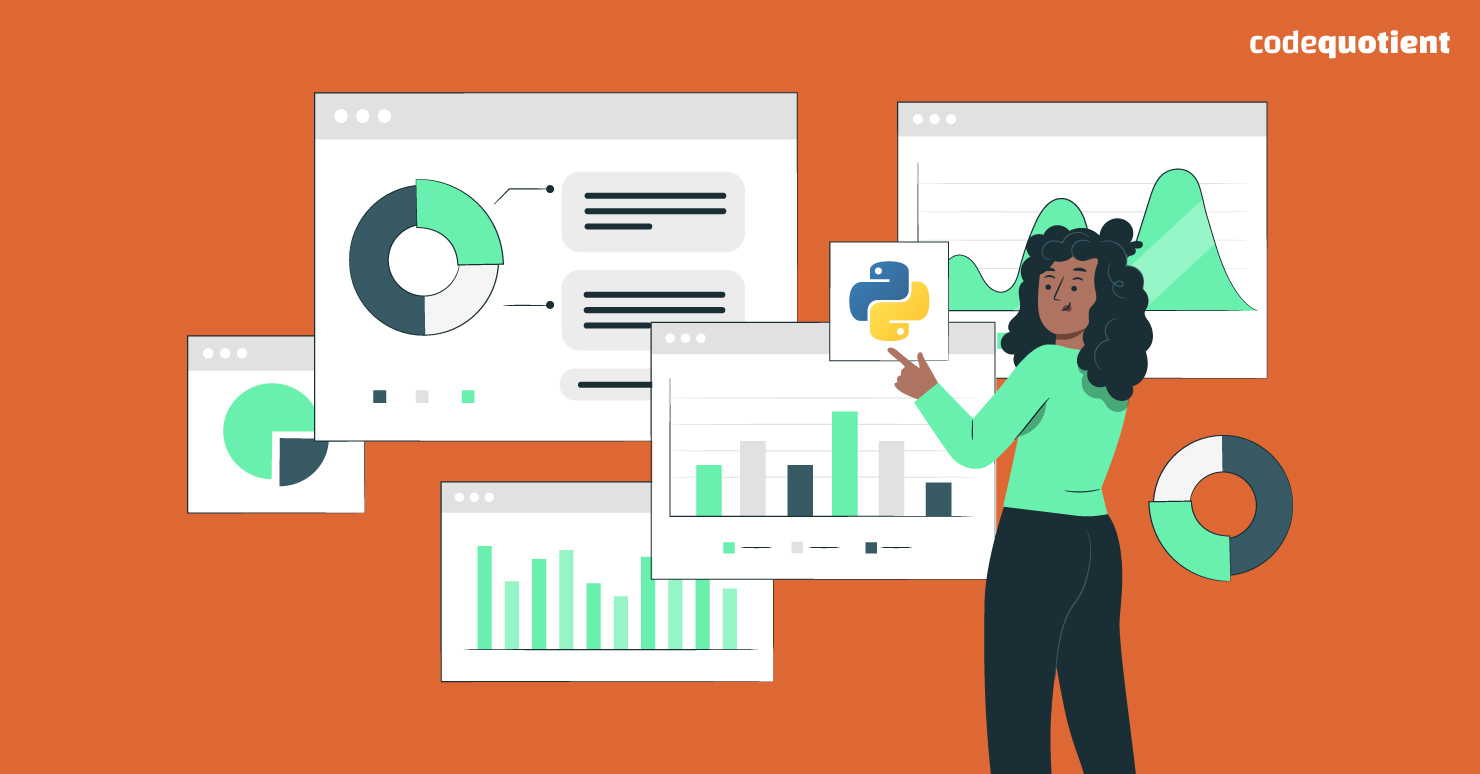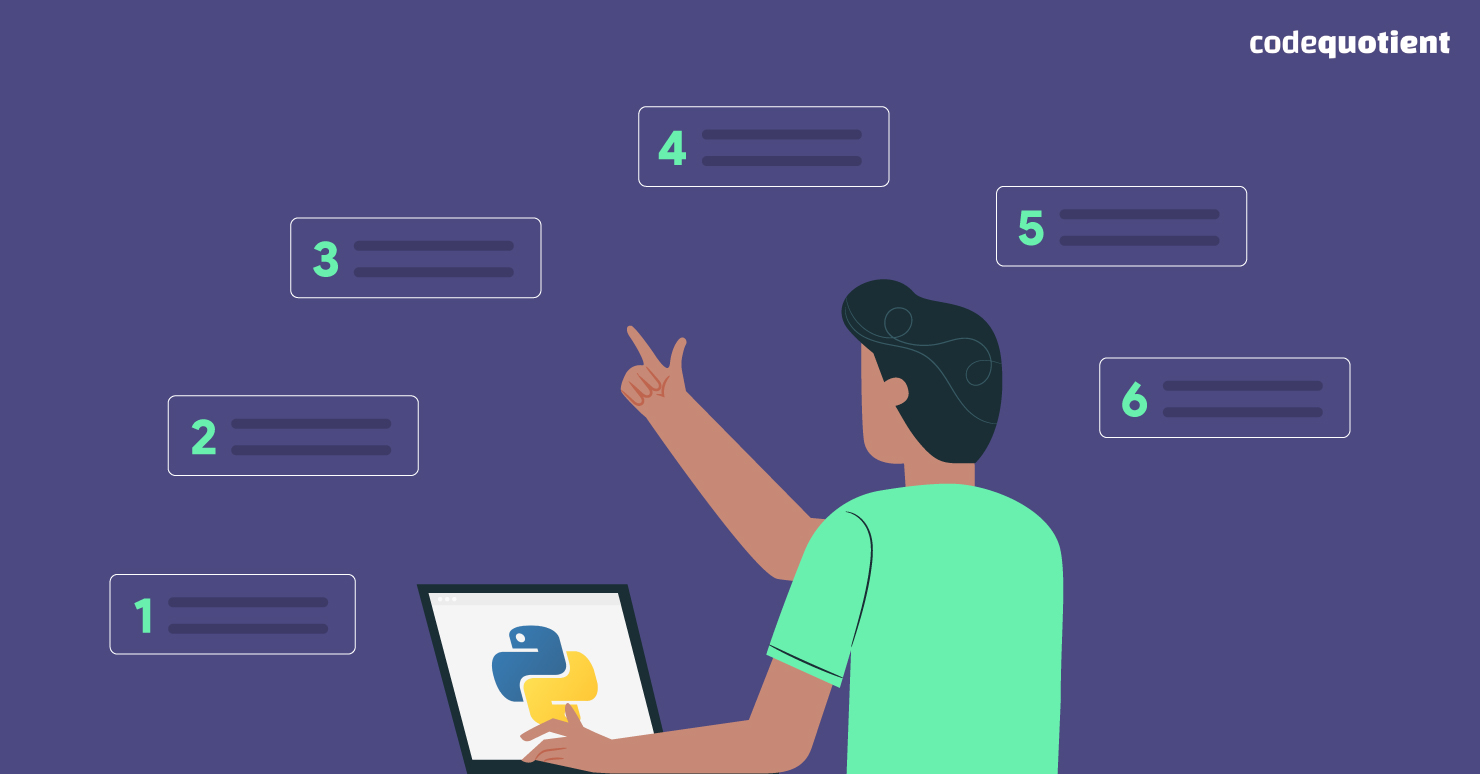Do you want to be at the top tier of the Tech World? If yes, then we strongly recommend pursuing a career in Data Science.
Data Scientist is the fastest-growing job opportunity today. With a bit of research, we found out that Python is important to nearly 90% of Data Scientist recruiters. All the recruiters are looking for basic to intermediate level knowledge of Python in the candidates. Now, this raises an interesting question.
Why does a Data Scientist require Python?

Those who are well versed in Data Science will have the answer already. But even if you aren’t, we’re here to the rescue. Data Science is not merely about compiling and analysing data. It goes much deeper. Everything from handling enormous amounts of data to finding unique patterns, using advanced tools, and making typical decisions based on derived information comes under Data Science.
As we said, a good Data Scientist must be able to work with multiple tools on an advanced level. Therefore, when it comes to extensive data analysis or plotting, Python is the way. Python compiles large data easily and even assists in creating sophisticated yet attractive plots.
The simple syntax of Python makes it the easiest programming language. In addition, it has a plethora of libraries and built-in data types that make the tasks much more manageable.
Top 6 Python Interview Questions for Data Science Interview
Assuming that you have a good grasp of Python and are ready to ace that interview, but they throw a spin ball! The problem with going for an interview without practising frequently asked questions is getting caught by surprise. It is possible that even though you know the answer to the interviewer’s question, you are stuck on how to phrase it.
These are some common problems that all of us are bound to face, but only when we lack preparation. But there’s no need to panic as we’re here with the top Python interview questions that a Data Scientist applicant can expect at the interview.
1. Enlist the Data Types used in Python.
Python has a total of 6 built-in data types. These are –
- String
- Number
- List
- Dictionary
- Set
- Tuple
These six can broadly be divided into two major categories: immutable and mutable data types. Immutable data types include tuples, strings, and numbers, meaning the user cannot modify them during runtime. On the other hand, list, dictionary and set are mutable, which means the user can modify them during runtime. This is one of the favourite Python Interview Questions of recruiters all around the world and so should not be skipped at any cost.
2. What do you mean by Python Dictionary?
Dictionary is one of the 6 built-in data types in Python. It does the unordered mapping of unique keys to values. Square brackets are used during indexing, while curly brackets are used to create dictionaries. Dictionaries are mutable, which means that they can be modified at the time of running the program. Additionally, indexing of dictionaries is done with the use of keys, and any data type (valid in Python) can be the value.
3. Explain the Negative index along with its usage in Python
The use of the negative index in Python comes into play when we require to index a container class like a string or a list in the reverse order, that is, from the very end. For example:
Program
list = [12, 16, 19, 21, 25, 34]
print (list[-1])
Output
34
Here, [-1] indicates the last element, [-2] indicates the second element from the last, and so on.
4. To plot data in Python, which libraries do Data Scientists commonly use?
A few libraries are well-known among Data Scientists for plotting data in Python. The main library is Matplotlib, which plots data in Python. Then, after Matplotlib, comes Seaborn. The main reason why many Data Scientists prefer Seaborn over Matplotlib is finishing. The plots created with Matplotlib require many modifications to look professional. On the other hand, Seaborn does a remarkable job of providing meaningful and attractive plots with a single line of code.
5. Name some famous data analysis libraries of Python.
Some of the famous Python data analysis libraries are as follows:
- Pandas
- Seaborn
- NumPy
- SciKit
- Matplotlib
These libraries help build appealing plots that give a professional look. In addition, these libraries help run machine learning models and work with Data Frames and arrays.
6. Which are the most well-known Python IDES in Data Science?
There are a few Python IDES which are no doubt commendable. Some of them are PyCharm, Enthought Canopy, Rodeo, Spyder, and Jupyter Notebook. And if we talk about the IDES that top these all, then it will be the Jupyter Notebook, without a doubt.
Ace Your Interview with CodeQuotient
With these Python Interview questions, you must’ve got an idea about what you’ll be facing. Want to learn full stack development? Join our 3 months live online SuperCoders Program. With CodeQuotient, you will never be left behind. Visit our website for more related articles about Python and Data Science!




